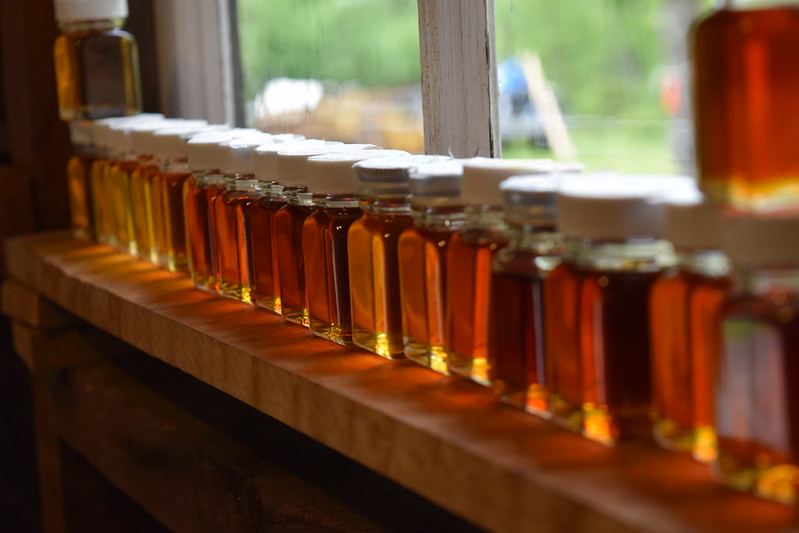Search Results
Results for: 'Polarized light microscopy'

Describes how transparent objects may only retard light without diffracting it

I want to dance with the light but you cannot see me with light open. I think that is a cool idea though.

Sugar makers rely on healthy, abundant maple trees to provide sap each spring. Taken together a group of maple trees managed for sap collection is called a sugarbush. Developing a healthy, productive sugarbush takes time and effort. Forests are hi...

Late summer, while leaves are still green is a good time to assess the trees in your sugarbush. Weak or declining individuals will show areas of crown dieback. Trees with more than 75% dieback will likely not survive but are still competing for li...

As trees form, the size and shape of its stem and crown, will be impacted by living in a low light environment such as the forest's understory. So-called suppressed trees are able to capture just enough sun to survive. Sugar maples growing in the ...

Spatial deteil vs acceptance angle
Acceptance angle of objective must be wide enough to collect at least first order diffracted rays

See back focal plane using telescope
The rear focal plane of the objective can be observed using a telescope insert into the eyepiece tube.